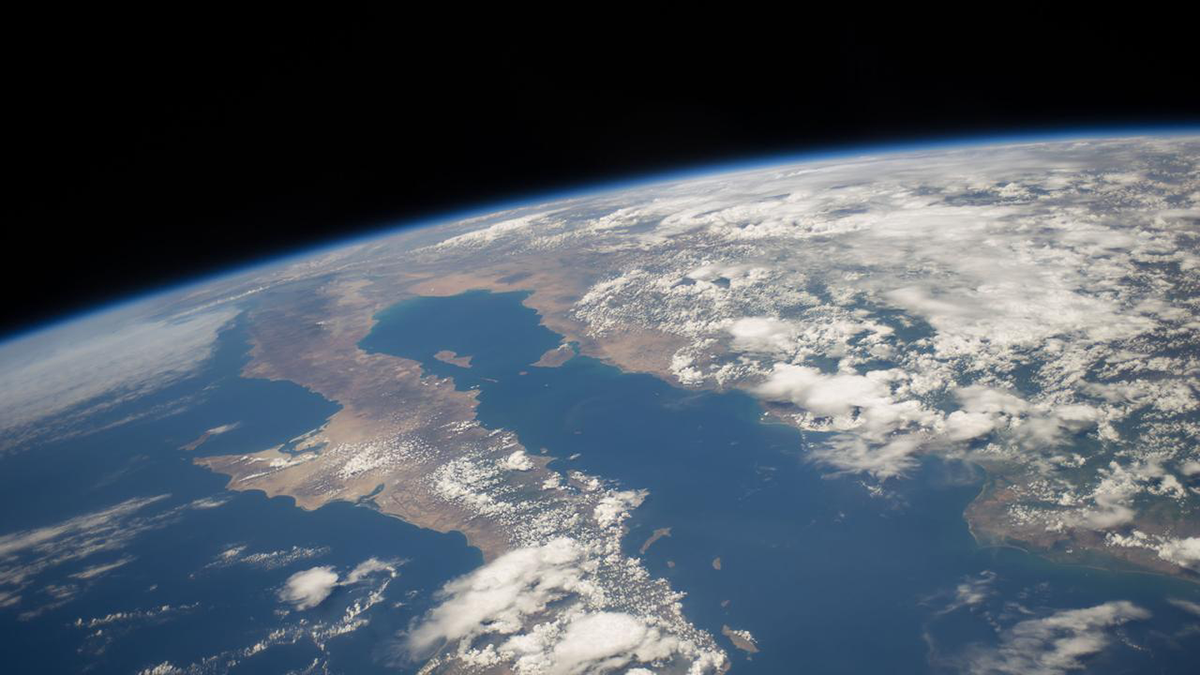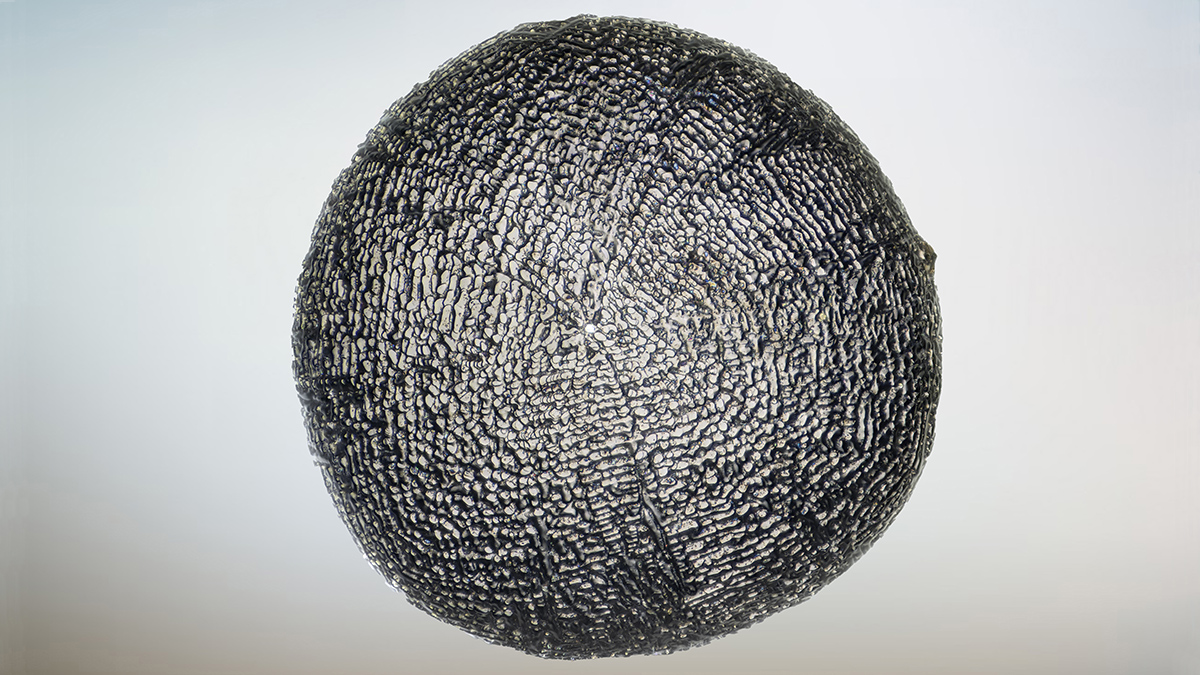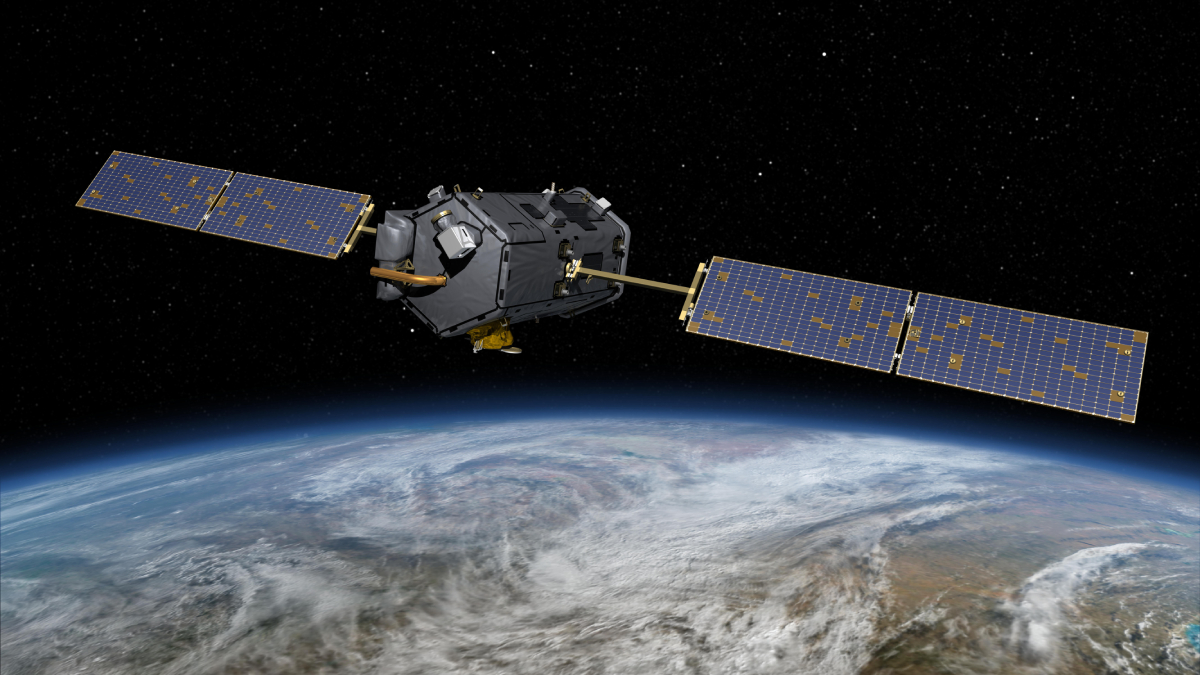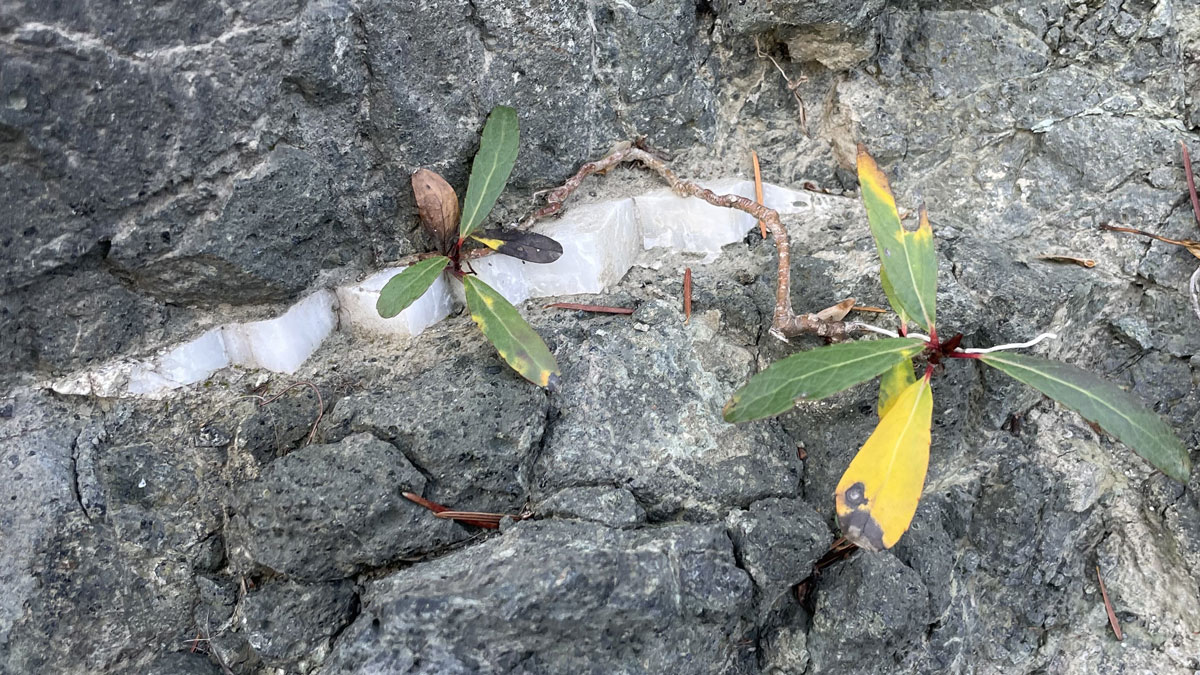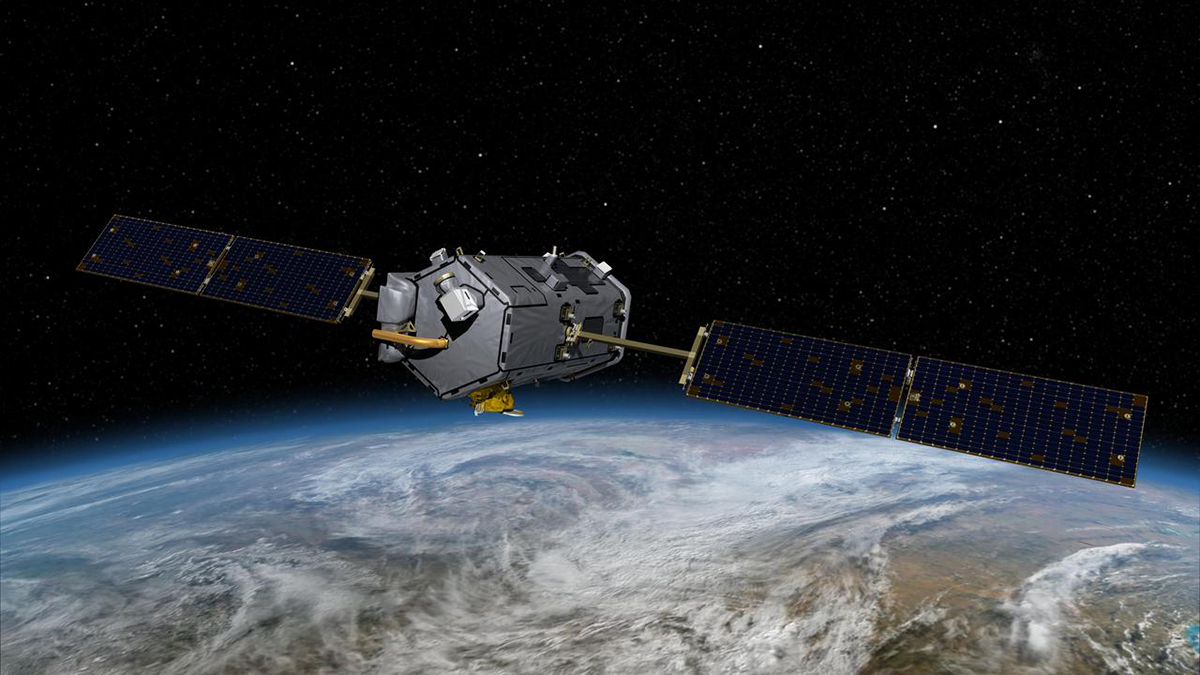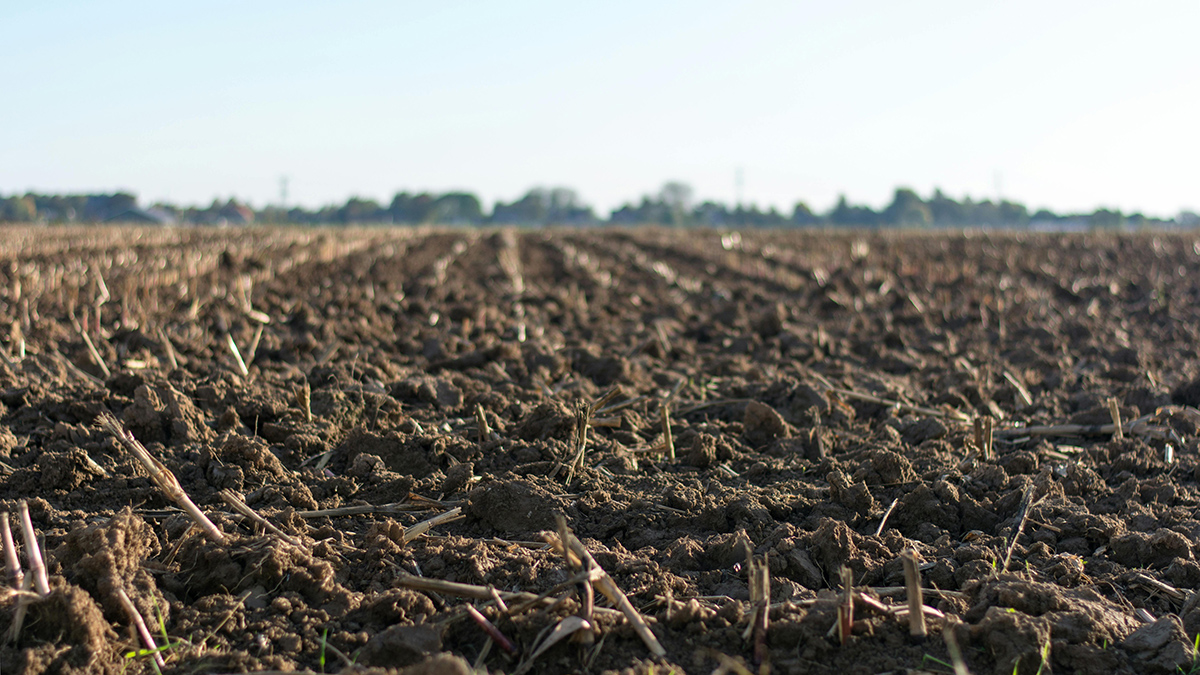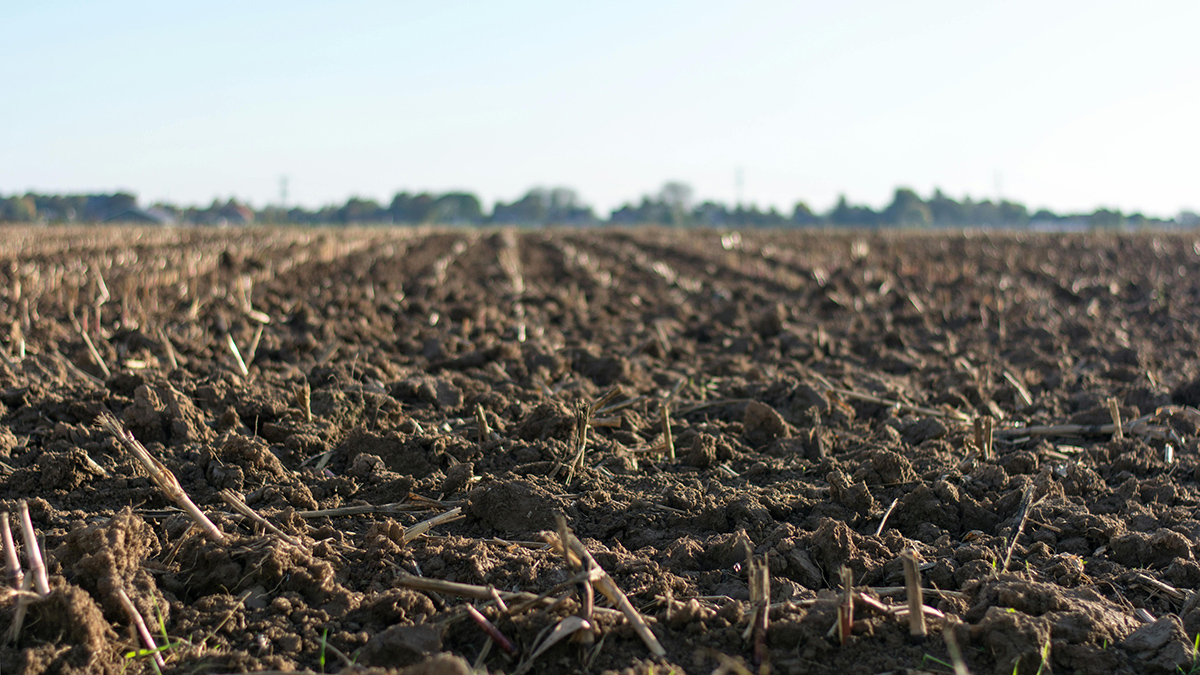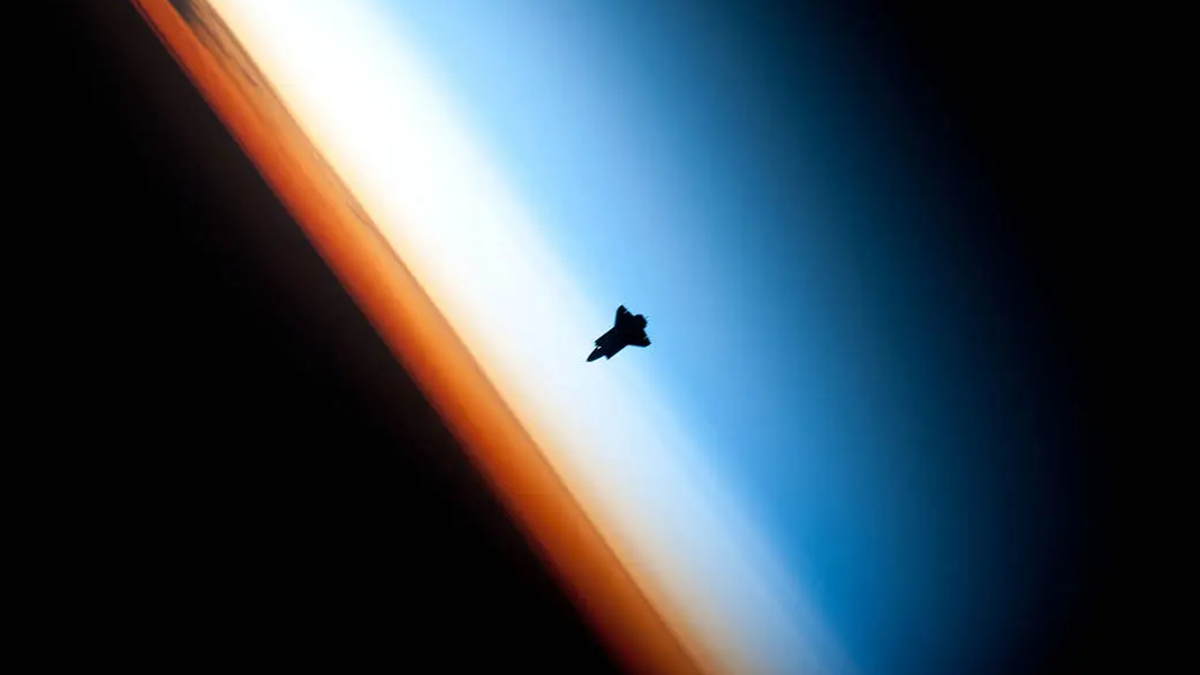Rising CO2 and climate change are redistributing terrestrial carbon fluxes and reservoirs across latitudes and reducing carbon residence times globally.
carbon dioxide
Fossilized Micrometeorites Record Ancient CO2 Levels
A cadre of iron-rich extraterrestrial particles picked up faint whiffs of our planet’s atmosphere when they fell to Earth millions of years ago.
NASA Planning for Unauthorized Shutdown of Carbon Monitoring Satellites
Despite warnings that their actions are illegal, Duffy and other senior NASA officials have continued to secretly direct NASA employees to draw up plans to end at least two major satellites missions specifically designed to monitor global carbon dioxide.
Verdaderas soluciones climáticas están debajo de nosotros
Es momento de aceptar que el almacenamiento duradero de carbono en el subsuelo, junto con la reducción de emisiones, debe ser parte del plan para mitigar los efectos del cambio climático, y las geociencias deben desempeñar un papel central.
Deep Root Respiration Helps Break Down Rocks
The carbon dioxide that results from respiration in and around deep roots is an essential component in the chemical weathering of sandstone rock soils.
Coverage Factors Affect Urban CO2 Monitoring from Space
Orbital mechanics and environmental factors limiting the ability of Orbiting Carbon Observatory missions to collect data in space and time affect city-level monitoring, reporting, and verification goals.
Simplicity May Be the Key to Understanding Soil Moisture
A pared-down model that considers only precipitation and net surface radiation seems to solve long-standing problems.
Real Climate Solutions Are Beneath Us
It’s time to accept that durable subsurface carbon storage, along with emissions reductions, must be part of the plan to mitigate the effects of climate change—and geoscience must play a central role.
An Air Parcel’s Journey Through the Stratosphere
The “age of stratospheric air” measures the speed of the global transport circulation in the stratosphere, which is crucial for understanding the distribution of important trace gases, like ozone.

